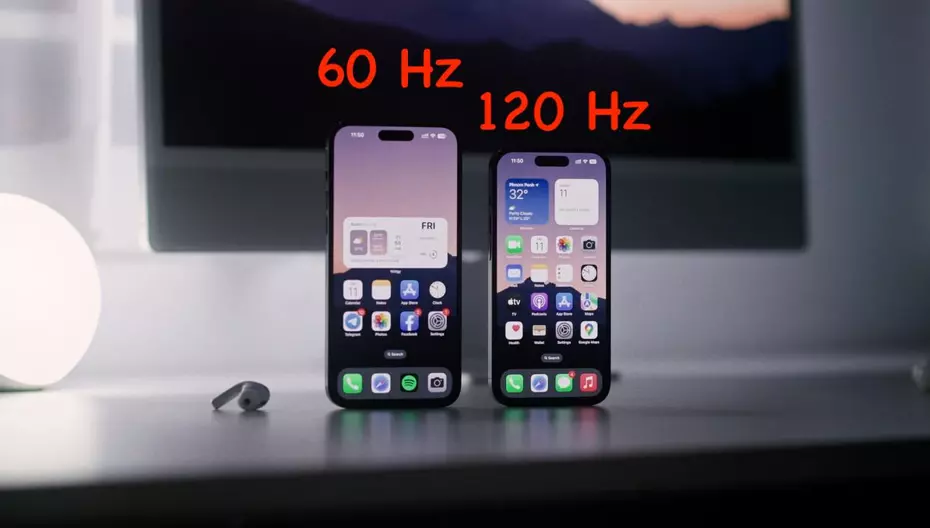In the ever-evolving world of smartphones, selecting the right iPhone model can be a dilemma for many users. The debate often boils down to choosing between the Pro models with their 120 Hz screens and the basic versions that offer 60 Hz refresh rates. As we step into 2024, the question of whether 60 Hz is sufficient becomes increasingly relevant. This exploration seeks to shed light on the importance of screen refresh rates and how they influence the user experience.
Understanding the Impact of Refresh Rates
Refresh rate, measured in Hertz (Hz), is a crucial specification that defines how many times per second a screen can update. This translates directly to how smoothly motion is rendered on your device. The Pro models of the iPhone boast a 120 Hz refresh rate, offering a visibly smoother and more responsive experience compared to the 60 Hz found in the basic models.
The Real-World Experience
Observing the difference between 60 Hz and 120 Hz on a video may not do justice to the actual experience. It’s something that needs to be felt firsthand. Those who have used both refresh rates often report that while 60 Hz screens are perfectly adequate, the transition to 120 Hz is akin to a leap in technological generations, offering a fluidity that once experienced, is hard to step back from.
Making the Choice: 60 Hz vs. 120 Hz
Choosing between a 60 Hz and a 120 Hz iPhone boils down to personal preference and priorities. If battery life or camera quality is your top concern, a 60 Hz screen might suffice. However, for users who value the smoothness and responsiveness of their device’s display, the 120 Hz option presents a noticeable improvement.
From a neutral standpoint, the 60 Hz display of a standard iPhone models delivers a satisfactory experience without any perceptible lag or stutter in everyday use. The decision becomes more nuanced when considering the price difference between models. For a marginal increase in cost, the enhanced experience offered by a 120 Hz display can be compelling.

Conclusion
Ultimately, whether a 60 Hz iPhone is suitable depends on the individual. While the standard refresh rate offers a perfectly acceptable experience, the allure of a 120 Hz display is undeniable for those who have experienced it. The analogy with video gaming evolution, from PlayStation 2 graphics to modern standards, illustrates the shift in perception that comes with technological advancement. In the future, a middle ground, such as a 90 Hz refresh rate, might offer a balanced compromise. However, as of now, the preference for a higher refresh rate is a testament to its impact on the user experience.

